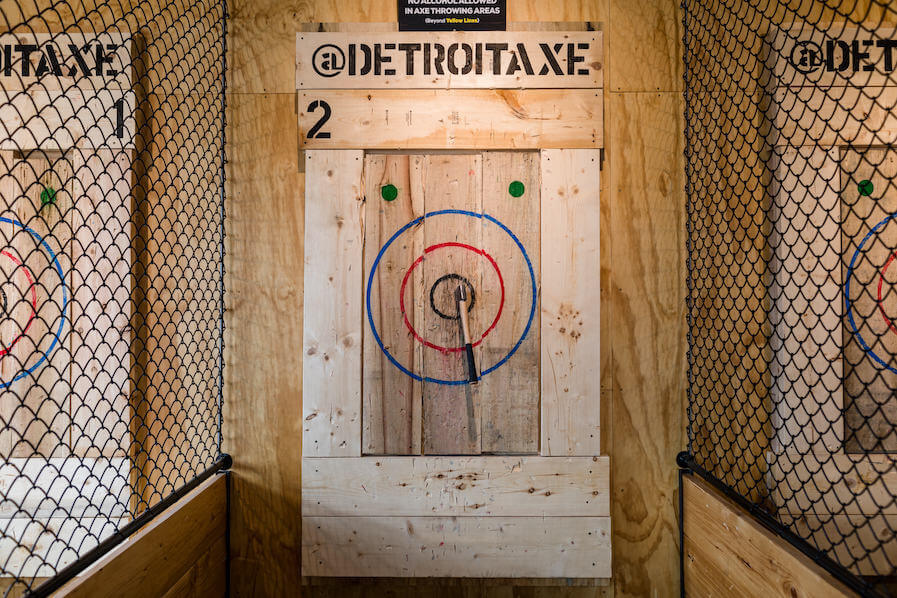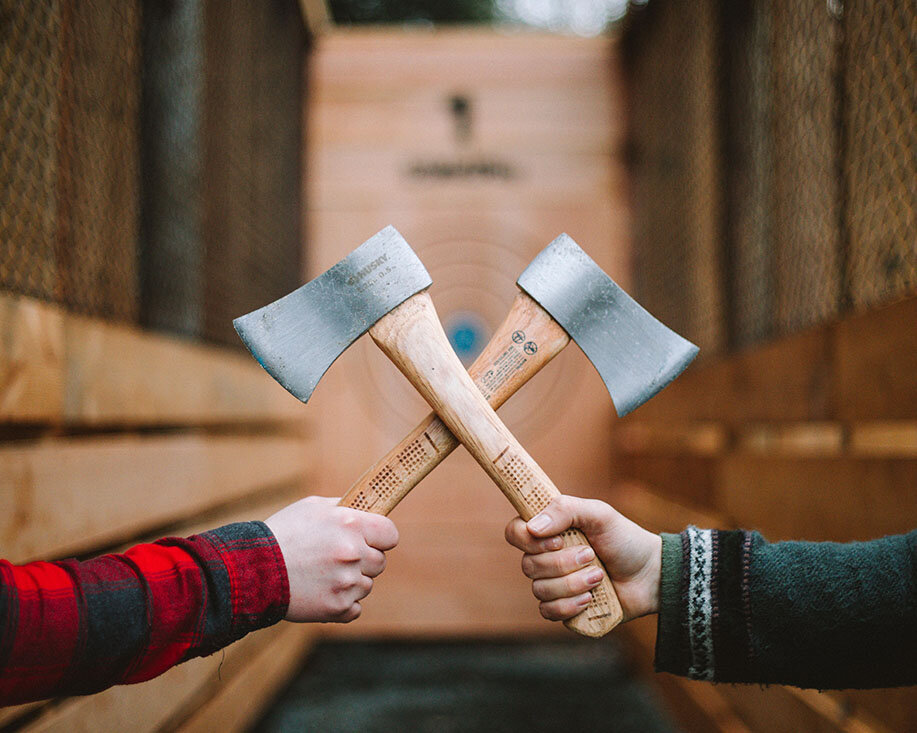The Fun of Axe Throwing: Just How This Sport Incorporates Skill and Adrenaline for a Great Time
Axe throwing has arised as a mesmerizing sporting activity that masterfully links the need for accurate ability with the rush of adrenaline, offering participants a appealing and one-of-a-kind experience. The act of tossing an axe in the direction of a target requires concentration and method, concurrently fostering an environment of camaraderie and friendly rivalry.
The Beginnings of Axe Throwing
Axe tossing, a leisure activity that has actually gained substantial popularity recently, traces its origins back to ancient times. This primal sport dates back to early human background, when axes were primarily used as tools and tools. The earliest records of axe use in competitive contexts are found among the Celts and Vikings, who threw axes for sporting activity in addition to in battle training. The method was not simply a pastime however a vital skill for survival and warfare.
Middle ages European warriors, specifically during the Center Ages, practiced axe throwing as part of their martial training. The Francisca, a sort of tossing axe used by the Franks, became famous for its fatal accuracy. This conventional weapon was created to be thrown at opponent shields and shield, showcasing its double utility in both sport and battle.
In more current background, axe throwing saw a rebirth in the logging camps of North America in the 19th and 20th centuries. Lumberjacks would certainly participate in pleasant competitors, testing their accuracy and strength by targeting at wood targets. This evolution from a survival ability to a recreational activity has led the way for its contemporary resurgence, with committed venues and leagues currently celebrating the sporting activity globally.
Equipment You Need
Recognizing the rich history of axe tossing improves the gratitude of the sport's modern-day version. For affordable and recreational axe tossing, the most commonly utilized kind is the hatchet, typically weighing in between 1.25 to 2 extra pounds with a deal with size of around 16 inches.
Equally crucial is the target. Law targets are built from wood, with softwood varieties like yearn or cottonwood being preferred for their ability to hold the axe and absorb. The target is usually divided right into 5 concentric circles, each with a specific point worth, to promote scoring.
Security gear, however usually forgotten, is important. Safety handwear covers can enhance hold and avoid sores, while closed-toed footwear are a must to safeguard feet from gone down axes (axe throwing denver co). A well-lit, spacious tossing location, complete with security barriers, guarantees a controlled atmosphere where individuals can concentrate on developing their abilities.
Standard Techniques Clarified
Grasping the basic techniques of axe throwing is important for both safety and security and proficiency. The first method to understand is the hold. Hold the axe with a company, yet kicked back hold, similar to holding a golf club. The leading hand ought to be positioned straight listed below the axe head, while the non-dominant hand sustains completion of the handle.
Following, focus on the stance. Stand with your feet shoulder-width apart, ensuring your body is balanced. Your leading foot must be a little forward, lining up with your target. This positioning help in keeping stability and guiding power accurately towards the target.

Safety And Security First
Making certain security in axe throwing is critical to producing a satisfying and injury-free experience. A well-designed axe tossing center features clear demarcations in between tossing lanes, durable backgrounds to catch roaming axes, and non-slip floor covering to protect against mishaps.
Benefits of Axe Throwing
Axe tossing offers a myriad of benefits that prolong past easy leisure. The recurring motion of throwing the axe likewise improves hand-eye control and fine electric motor skills.
Psychologically, axe tossing needs technique, accuracy, and emphasis, making it an outstanding way to hone cognitive abilities. The focus needed to hit the target can act as a type of mindfulness, enabling individuals to clear their minds and reduce stress. This mental interaction can be specifically beneficial in assisting people establish far better problem-solving abilities and mental durability.
Socially, axe throwing is usually enjoyed in group setups, cultivating team-building and camaraderie. news Whether as part of a business occasion or a casual getaway with close friends, the sport urges interaction and partnership. Furthermore, the public experience of finding out and improving together can reinforce relationships and produce long-term memories.
Final Thought

The earliest documents of axe use in competitive contexts are located among the Celts and Vikings, who tossed axes for sporting activity as well as in fight training. Launch the axe when your hands are roughly at eye degree, permitting the axe's natural turning to direct it towards the target.
A index properly designed axe tossing facility attributes clear separations in between tossing lanes, tough backdrops to capture stray axes, and non-slip floor covering to protect against crashes. Individuals must be instructed on the appropriate way to toss the axe and take care of, stressing regulated, purposeful activities over powerful throws.
In recap, axe tossing stands out as a sport that masterfully incorporates skill, precision, and adrenaline.